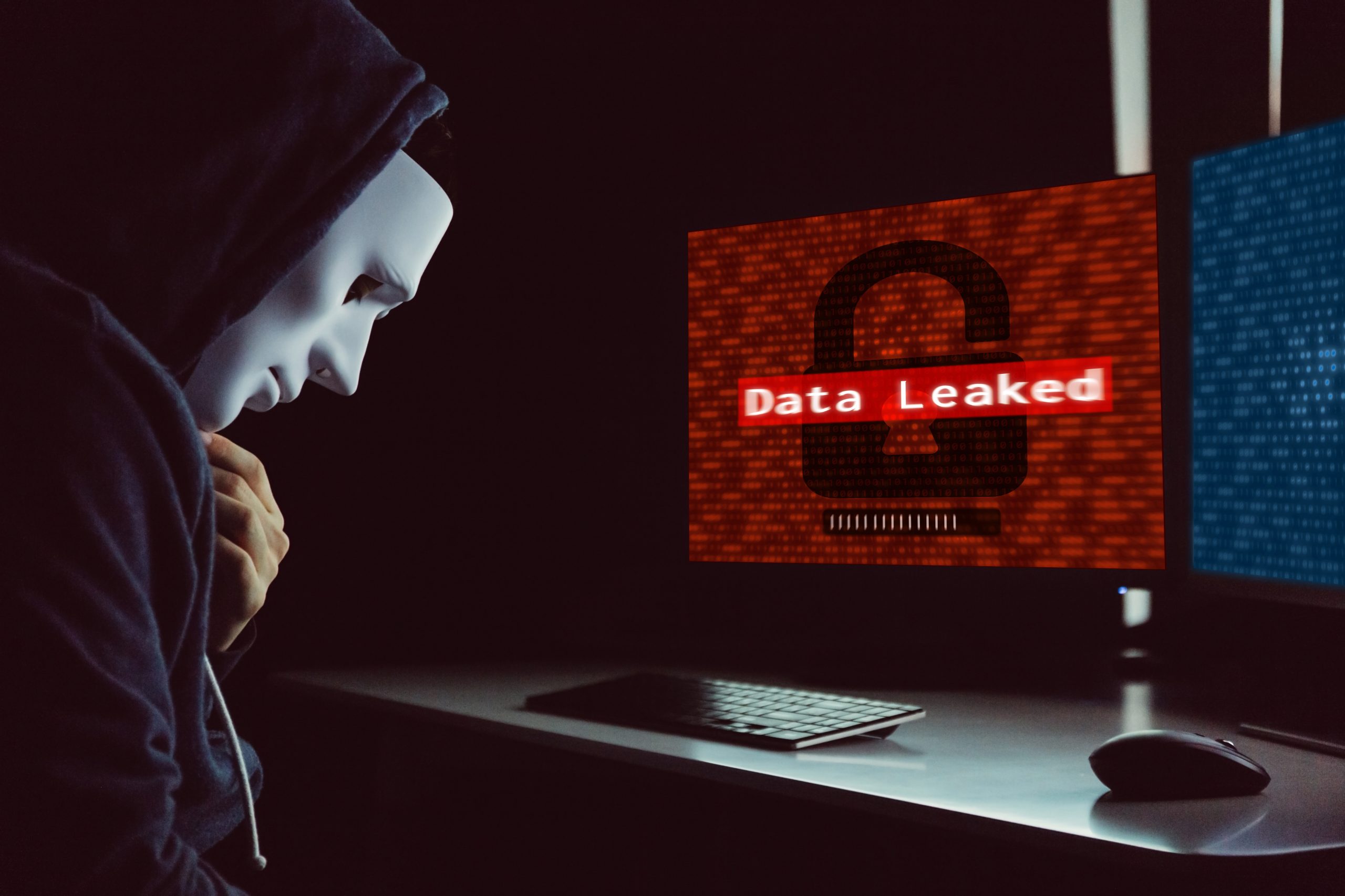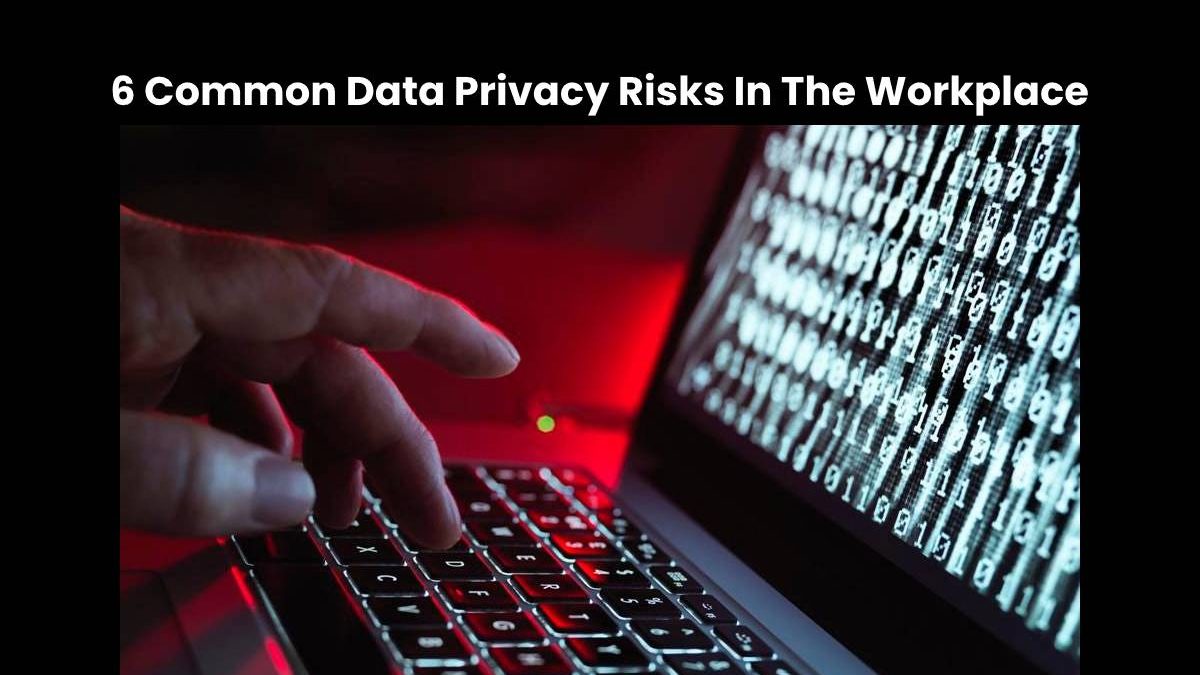6 Common Data Privacy Risks In The Workplace
When a security threat occurs, the first thing that comes to mind is a potential intruder. It might be a hacker looking for loopholes in your servers or a sophisticated cybersecurity attack that can result in a data breach. But unfortunately, one of the possible threats to data privacy in your organization could be your workforce too.
Although hacking attempts and cybersecurity attacks have significantly increased and are becoming more sophisticated in recent years, in some cases, some of the threats to your business have an interior origin. It doesn’t necessarily mean that your employees have any malicious intent, but it’s possible. Or perhaps, they might lack proper training, or the data security policies in place lack proper enforcement.
If you want to improve the security in your organization, it’s crucial to know how your current policies and how your workforce can compromise security. You can utilize various tools and measures to keep your data safe. One way to protect your data is to consider using a personal data discovery tool that monitors data flows and tracks data transmitted between applications and services.
Another effective approach is to partner with a managed cyber security service provider who can offer advanced security solutions and take care of your organization’s cybersecurity concerns.
Furthermore, if you want to minimize potential data breaches in your organization, here are some common data privacy risks in any workplace today.
Table of Contents
1. Employee Data Theft
A data breach does not just compromise your business’s data and information, but it can also negatively harm your company’s reputation and image. And sadly, some attacks may come from the inside. More so, malicious attackers from within the organization can be difficult to detect and could result in a more costly ordeal than cybersecurity attacks from the outside
One way to further enhance security within your organization is to immediately remove access to email servers, VPN, and other company resources once an employee leaves. It’s one of the best practices to limit access only to those who require the data. Remember, it’s crucial to revoke access once the employee no longer needs to use it or is no longer part of the organization.
Additionally, an important policy to implement is blocking access to USB ports. If the workstations have USB access, you need to make them unusable. Doing so will help prevent intentional data theft.
2. Weak Policies On Employee Accessibility
Employees should only have access to the data and systems they need to access. Their access to files and documents should only be limited to their line and scope of work in the organization. If you have weak access policies, critical business data can be at risk of breach.
When you want to limit access to crucial data and systems, you must create and enforce a stringent access policy while making folders inaccessible by default until an employee requests permission from the system administrator. Although this might not be a convenient approach for employees, it’s worth the extra hassle to minimize the chances of a data security breach.

3. Poor Password Practices
Passwords play a crucial role in the security of your business data. Using passwords is one of the oldest authentication protocols still in use. Sadly, it can become a risk, especially if you fail to observe password practices.
When you and your employees use an easy-to-decipher password, it can put your business data at risk. With that said, to avoid this, it’s best to implement a strong password policy within your organization. The password policy you’ll enforce in the workplace should prompt employees to change passwords at least every three months and should take into consideration the following:
- Passwords should be a minimum of nine characters
- A combination of numbers, symbols, and uppercase and lowercase numbers
- The new password should not match any previous ones
Making an effort to educate your workforce about password strength and memorization techniques, along with the enforcement of strong password policies, can be a crucial step in improving the overall data security posture in your organization, both inside and out.

4. Risky Downloads
Every employee is responsible for their workstation, but what they download can be a data privacy risk to your organization. It can range from a file from a third-party consultant, an application, a website extension, or a torrent.
Regardless of what type of files your employee downloads, you’re lucky if the damage is isolated to the employee’s workstation, however in some cases, the threat might spread all over the network. That said, if you lack the appropriate network isolation measures, it can spread to the other servers holding crucial business data.
Some ways to help minimize the dangers due to downloads include running a virus scanner. Also, regular backups should be a component of your disaster recovery plan to mitigate potential threats’ damage and data loss.
But on top of all of these measures, it’s equally important that your employees are aware and informed of the risks associated with unsafe downloads. The first defense is always your workforce.
5. Phishing And Social Engineering Attacks
The danger of phishing and social engineering attacks can put your business data privacy at risk. Sadly, malicious characters utilize phishing and social engineering attacks to exploit your workforce for data to access your system.
Phishing works by emulating legitimate companies your employees might be interacting with, such as email providers or software vendors. Generally, they would ask for data via email or phone. One way to prevent phishing is to be knowledgeable about it. For instance, if your employees are well-informed about what phishing is, you can reduce the chances of them clicking on a link in the content of a suspicious email, sparing you trouble when a virus or a hacker penetrates your system and compromises your entire network.
With this in mind, you must provide training for all employees, especially information on preventing phishing and social engineering attacks and the red flags to watch out for.
As for social engineering attempts, a person might attempt to dress up as maintenance personnel to gain entry and eventually infiltrate an unoccupied workstation. That said, it’s crucial to establish guidelines for visitors, clients, vendors, maintenance personnel, and other guests in and out of the workplace. Always prioritize having guests checked and verified by the receptionist or office manager while keeping them up-to-date on who is allowed entry, when, and where.
6. Ransomware
In recent years, ransomware has become a common concern affecting all businesses. If you become a victim of this cybersecurity attack, it can be a costly ordeal that compromises your data and puts your operations on the sidelines.
The cost of a ransomware attack has already doubled, and the trend is likely to increase in the future. Unfortunately, most ransomware attacks usually start at the employee level as phishing scams and other forms of malicious acts that can put your data at high risk.
Final Thoughts
One of the best ways businesses can ensure the overall security posture of their organization is by being aware of various potential data security risks and threats.
But aside from taking measures in dealing with external threats, it’s also crucial to be well informed and aware of the common data privacy risks within the workplace. Knowing about these risks allows business owners to take timely and appropriate actions to minimize data breaches and loss.

